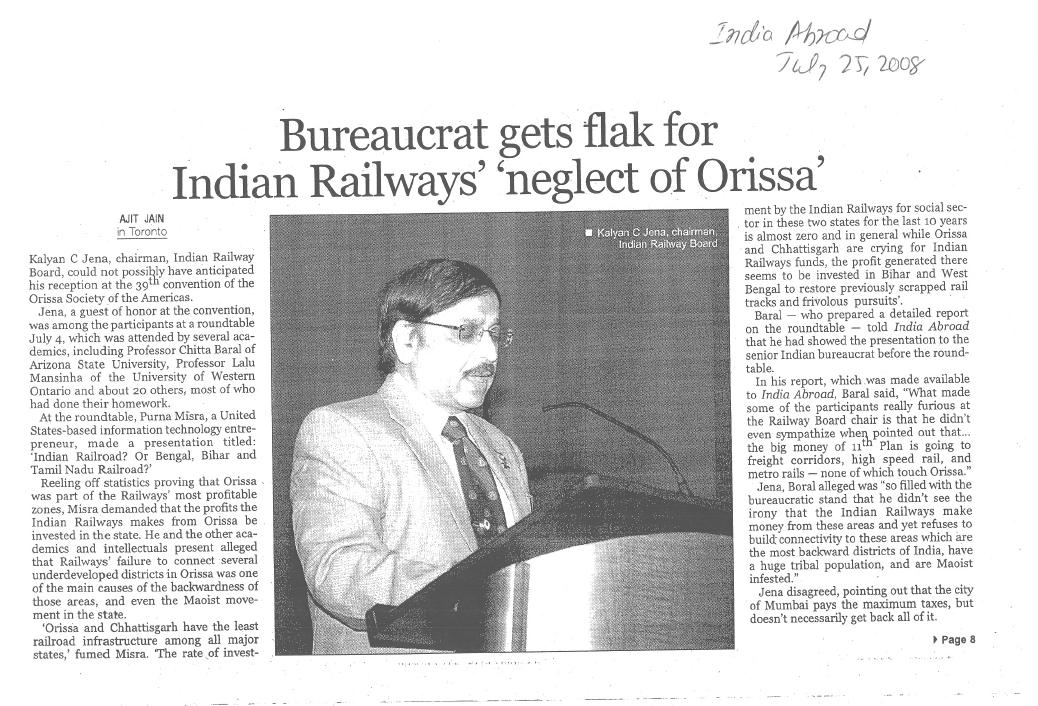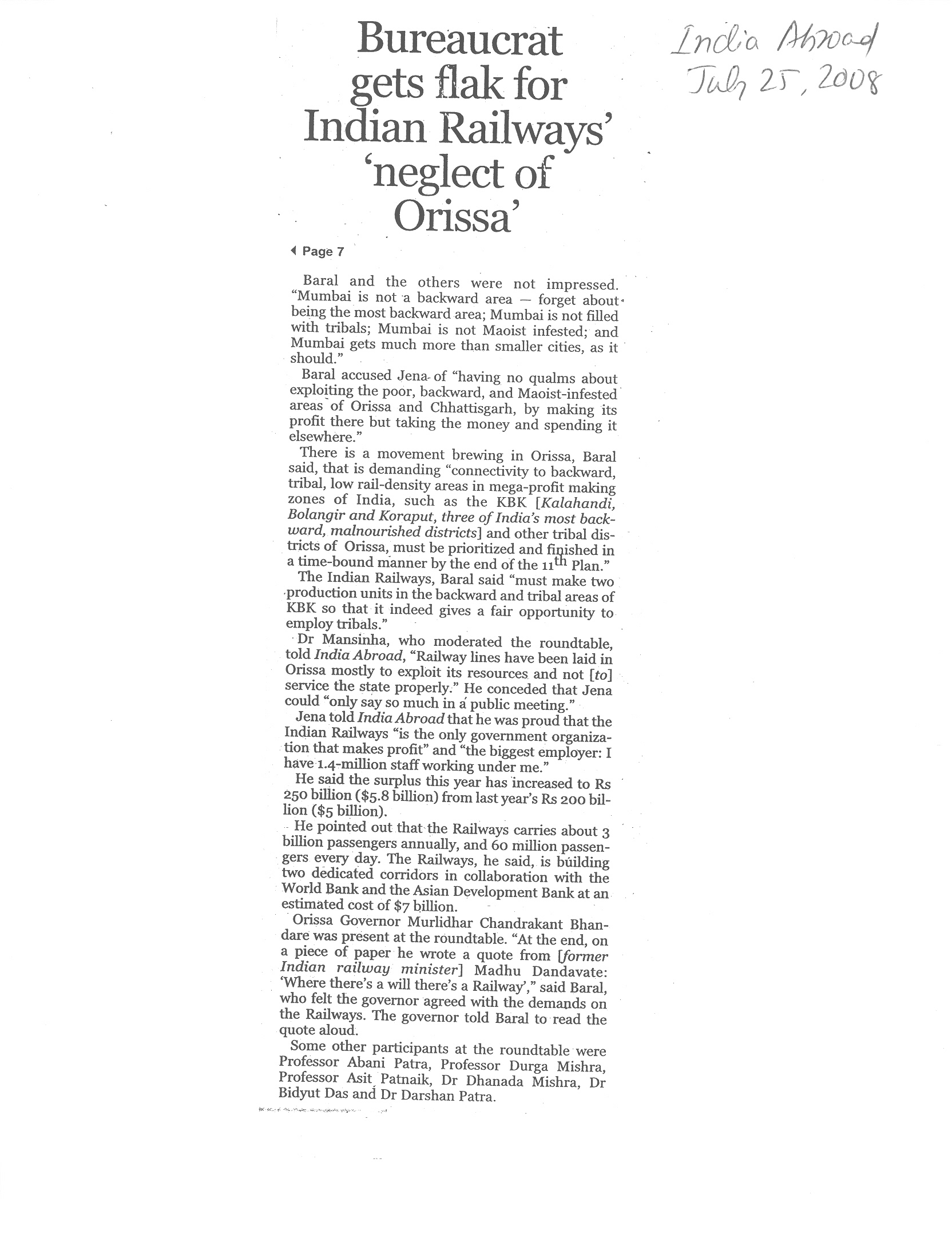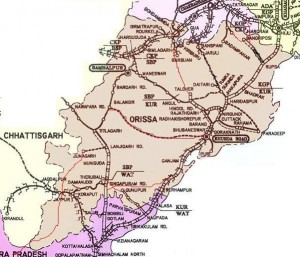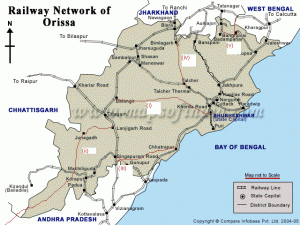Indian Railways exploitation of backward and tribal areas of Orissa: confronting Railway Board Chair with the facts in Toronto
Balasore - Niligiri (defunct?), Baripada - Bangiriposi (under constr.), EXPOSING ANTI-ODISHA-GROWTH SCHEMES, FINANCE & BANKING, Gajapati, Ganjam, Interstate disputes on Water and rivers, Jaroli - Deojhar .. Chaibasa, Kandhamala, KBK Plus district cluster, Keonjhar, Koraput - Rayagada, Mayurbhanj, Nayagarha, Odisha Consumer Welfare Foundation, Paradip - Jatadhari - Kujanga, Railway maps, Rajathagara - Nergundi, Rayagada, Samaja (in Odia), Sambalpur, Sonepur, Sundergarh, Talcher - Barang, Titlagarh - Jharsugurha Jn, Tomka - Jaroli, Uncategorized 3 Comments »Following is the news report on the discussion (almost a confrontation) with the Railway Board Chair, as reported in India Abroad. 
 The basic premise behind our grievances against Indian Railways and our demands is simple.
The basic premise behind our grievances against Indian Railways and our demands is simple.
- Indian railways is scheduled to make 2500-3000 crores/year from Orissa, but spends only 1000 crores/year on Orissa in terms of new lines, doubling and gauge conversion.
- Its current plan for major spending includes freight corridors, metro rails, and high speed rails, none of which touch Orissa. It plans to do gauge conversion of 12000 kms, most of which is unprofitable (this proves that Indian Railway lies when it says it only does profitable lines), very little (less than 100 km) of which is in Orissa.
- Orissa is already behind the national average in terms of rail density and way behind its neighbors such as West Bengal and Bihar. If no changes are made to the 11th plan IR allocations Orissa will further fall behind.
- Indian Railways must not take money from its profit in Orissa, and spend it else where, until it takes care of proper connectivity to Orissa’s tribal, backward and maoist infested areas. The 2500-3000 times 5 = 12,500 -15,000 crore that Indian Railways will profit from Orissa during the 11th plan must be spend in new lines in Orissa until the (i)-(v) lines below and other port and mine connectivity lines are completed during the 11th plan.
- To Mr. Jena’s retort that Mumbai earns so much in taxes and not all of it is spent in Mumbai; we reply that it is often acceptable to take from rich and give to poor; But when did it become acceptable to take from poor (Orissa) and give to rich (freight corridors etc. in other states)?
The lines in Orissa connecting to the tribal and backward areas that we demand to be finished during the 11th plan are:
- (i) Khurda Rd – Nayagarh – Balangir: Lack of connectivity was one of the reasons a recent Maoist mayhem happened in Nayagarh. It seems after recent events, including the confrontation with the Railway Board Chair and various dharanas in Bhubaneswar, IR has started responding to this demand, but not to the extent to promise its completion during the 11th plan. Note that Balangir is the B in the KBK districts that are the most backward in India.
- (ii) Lanjigarh Rd – Junagarh – Nabarangpur – Jeypore – Malkangiri – Bhadrachalam Rd in Andhra Pradesh: Only small part of this is approved. Most of it is not even surveyed. In the long run this will really bring those parts of Orissa closer to the rest of Orissa. This is the most important connection and has to be take care of at the earliest. Like the approved Vijaywada-Ranchi highway, this line will create an alternative Hyderabad – Ranchi path passing through backward and tribal areas of Andhra Pradesh, Orissa and Jharkhand. This line will connect the Kalahandi and Koraput districts, the two K’s in KBK. The recent Maoist attack and killing of the Greyhound forces in Malkangiri might have been prevented if this line existed as then the forces would have used the train rather than being seating ducks taking a boat across a lake in Malkangiri.
- (iii a) Rayagada – Gopalpur: This has been surveyed and but work on it has not started. Note that Rayagada is part of the undivided Koraput district, one of the K’s of KBK. This line could come under port connectivity and will be a viable line connecting the industries near Rayagada with the upcoming port in Gopalpur.
- (iii b) Gunupur – Theruvali: This will add to the Naupada-Gunupur line and make it an economically viable line. (IR and Mr. Jena agree about its importance.) This line will be completely inside the Raygada district, part of the undivided Koraput district, one of the K’s of KBK.
- (iv) Talcher – Bimlagarh (connectivity to the tribal district of Sundergarh): This line has been approved but is only being given a few crores each year, which is less than the inflation. This line will reduce the distance between Sundergarh district and teh coastal areas significantly. For example, it will make Rourkela only 4-5 hrs from Bhubaneswar.
- (v) Baripada/Buramara – Chakulia: This line will connect the tribal district of Mayurbhanj to tribal areas of Jharkhand. It will add to the Rupsa-Baripada-Bangiriposi line and make it an economically viable line. (IR and Mr. Jena agree about its importance.)
All these lines can be completed if Indian railways just suspends its practice of taking from poor (Orissa) and giving to the rich for only a few years (may be just 3-4 years). The following maps show the above mentioned lines. 

